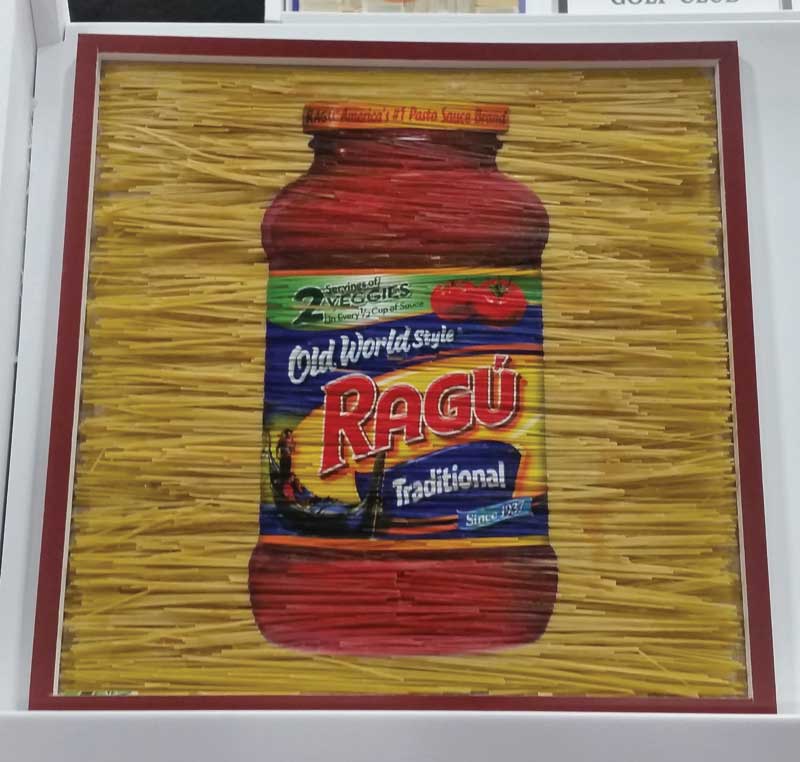Illuminating graphics
Much of the industry is dedicated to the production of illuminated signs, including both internally and externally illuminated versions. Large-format digital printing has radically changed what can be achieved with these signs.
Perhaps the most popular approach for large-format graphics is external illumination, as it is inexpensive and can be used in co-ordination with architectural elements like awnings and brick walls. Vinyl that can be adhered to rough surfaces has become increasingly popular in externally illuminated applications, as have fabric wraps.
Fabrics are also beginning to dominate lightboxes, a common form of internally illuminated signage, both for indoor and outdoor installations. Another trend in urban architecture has been the use of a glass curtain wall as a key element; with advances in curved and tempered glass, an entire building can now become a platform for illuminated signage, using translucent, perforated and reflective films.
“We do a lot of vinyl building wraps and most are temporary, lasting a year or less,” says Jimmy Jones, project manager for AdGraphics. “Most of our printing is on translucent material and the quality is incredible today. We have seen yearly growth of six to eight per cent in this area, particularly from developers of malls and apartment buildings.”
Compared to simple printing, these applications require the additional expertise of sign companies, including the abilities to specify the right lighting and to install translucent graphics accurately. The growing popularity of both lightboxes and projected illumination will continue to expand opportunities for integrating signage into architecture.
“Printing on translucent materials provides a creative path forward in generating unique and specialized graphics,” says Guy Kallman, senior technical specialist for 3M, which formulates inks and manufactures substrates. “We do recognize major issues yet to be overcome, including control of ink adhesion, uniformity and colour saturation.”

Direct-to-substrate printing can now be applied to loose materials, such as dry strands of spaghetti.
Another challenge, going forward, will be regulation. While illuminated window and building graphics have so far been relatively unregulated by sign codes, this is starting to change, as local authorities start to control them like other types of signage.
Printers and fabricators
Many printing companies have moved more heavily into the signage industry, particularly in the production of indoor graphics. In markets like retail and corporate marketing, some of these companies have developed a high level of expertise.
Sign fabricators, meanwhile, have also benefited from large-format digital printing as a value-added element for their existing business. They are using the technology in concert with their specialized expertise in areas like outdoor sign installation and custom fabrication. By combining multiple processes, they can focus on the more durable end of the market.
The printing companies are turning large-format graphics into a commodity, which means it is now harder to make money on printing alone. Further, companies that never previously identified themselves as part of the sign industry—such as packaging, fixture and display fabricators—now find digitally printed graphics are moving them into closer competition with sign shops.
“It pays to invest in quality materials,” says Steven Olken, senior account executive for Applied Image. “A lot of printing companies are getting into this game and falling flat on their faces by not having a clear idea of the need for ‘high-level’ inks and vinyl. In addition, installation requires extensive skill sets, since materials are going onto widely different surfaces, from glass to drywall to concrete. Being a large-format specialist is much different from other areas of printing.”
“Everyone is looking for the magic bullet that makes them a strong competitor,” says Michael Quigley, VP of operations for Sign-Age. “We use our colour matching proficiency as a central skill set. Getting G7 certification was central to this focus. Staying on top of colour control yields enormous rewards.”
Printing companies moving into areas like exterior signage will pose a big challenge for the industry, but such difficulties are balanced by sign companies making the same significant inroads, as they have many more opportunities today to integrate digital printing into their toolkits for work in both exterior and interior environments.
Craig M. Berger is chair of the visual presentation and exhibition design department of the Fashion Institute of Technology’s (FIT’s) School of Art and Design. This article is based on a research project spearheaded by the Signage Foundation, which is fully funded by donor contributions, has developed an extensive library of information about the industry, from sign economics to legibility studies, and works to advance the science, technology, placement and regulation of signs. For additional information, visit www.thesignagefoundation.org. To support the foundation, visit www.givetosfi.org.





